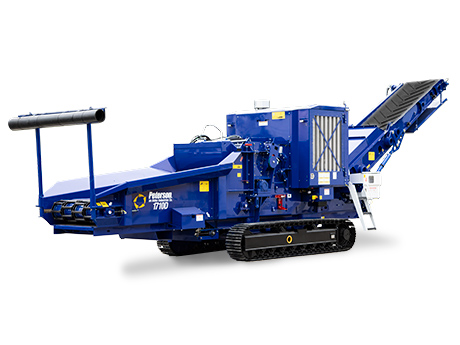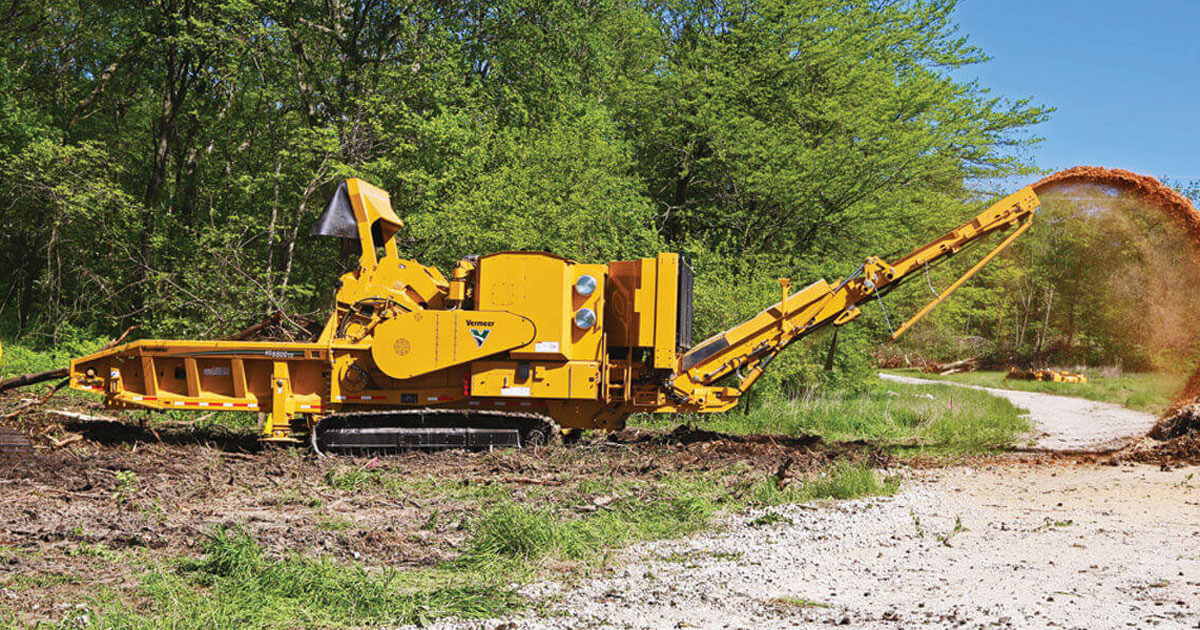Versatile Grinding Equipment: Discover the Globe of Horizontal Grinders
Versatile Grinding Equipment: Discover the Globe of Horizontal Grinders
Blog Article
Exactly How a Horizontal Mill Can Change Your Recycling Workflow
One such service that has actually acquired substantial attention is the horizontal mill. The functional processing abilities of a straight mill enable for the handling of a wide variety of products, further boosting its appeal. Just how exactly can a horizontal mill change your recycling operations?

Enhanced Efficiency and Productivity
The usage of a horizontal mill in recycling procedures offers a number of benefits in terms of processing rate and material handling. With its effective grinding device and big feed opening, a straight grinder can refine a broad array of materials swiftly and efficiently.

In enhancement to processing speed and convenience, a straight grinder also supplies enhanced material handling capacities. Its big feed opening allows for less complicated loading of materials, decreasing the need for manual work and enhancing overall performance. The grinder's ability to generate a consistent and consistent output likewise adds to increased performance, as the refined material can be conveniently recycled or offered.
Versatile Processing Capabilities
With its ability to successfully refine various sorts of recyclable products, a straight grinder supplies flexible processing capabilities that boost recycling procedures. This powerful equipment can handling a vast array of products, including timber waste, eco-friendly waste, construction and demolition particles, and even asphalt tiles. By properly grinding these materials, the horizontal grinder can change them into valuable final result such as mulch, garden compost, biomass gas, and even land fill cover.
One of the vital advantages of a straight grinder is its capability to handle big quantities of material easily. The device's high-speed blades, combined with its sturdy construction, enables it to refine huge quantities of material rapidly and efficiently. This is especially essential in recycling operations where a significant amount of material requires to be refined in a brief time period.
Additionally, horizontal mills are created to be very adaptable to various applications. They can be equipped with various display dimensions and arrangements to produce different bit dimensions and final product. This adaptability permits reusing operators to meet the certain needs of their consumers and markets, guaranteeing optimal worth and bankability of the refined products.
Furthermore, horizontal grinders are understood for their capability to manage abrasive and difficult products. With their durable design and sturdy elements, they can quickly grind via products that would certainly be testing for various other kinds of tools. This capacity makes straight mills a trustworthy option for handling products that are tough to manage, such as pallets, railway connections, and tree stumps.
Minimized Garbage Disposal Expenses
Using a straight mill in recycling operations can cause considerable reductions in waste disposal costs. Conventional waste disposal methods often involve transporting large quantities of waste to land fills, which can be costly and ecologically hazardous. By using a horizontal grinder, reusing facilities can effectively refine waste materials on-site, lowering the requirement for costly transport and disposal solutions.
Horizontal mills are qualified of grinding a broad range of waste products, including timber, eco-friendly waste, construction and demolition particles, and even particular sorts of steels - horizontal grinders. By breaking down these products into smaller sized, a lot more workable dimensions, horizontal mills make it much easier to separate recyclable parts and eliminate pollutants. This not only enhances the overall top quality of the recycled materials yet likewise lowers the amount of waste that requires to be transferred to land fills
In addition to lowering waste disposal prices, horizontal mills likewise supply the capacity for creating income. The refined waste materials can be marketed as feedstock for various markets, such as biomass power production or mulch manufacturing. This develops a round economic climate where waste is changed into important sources, further offsetting disposal expenses and adding to lasting waste management methods.
Ecological Advantages of Recycling
By reusing products such as paper, glass, and metals, we can decrease the demand for raw products removed from the earth. Additionally, recycling conserves power compared to the production of new products. Reusing aluminum requires just 5% of the power needed to produce light weight aluminum from raw products.
Moreover, recycling plays a critical duty in lowering air pollution. When waste is disposed of in garbage dumps, it creates and decomposes methane, a click here to find out more powerful greenhouse gas. By diverting waste from garbage dumps and reusing it rather, we can significantly decrease methane emissions. Recycling additionally assists to reduce air and water air pollution connected with the removal, processing, and transport of resources (horizontal grinders). By recycling materials, we can decrease the requirement for harmful mining methods and limit the release of poisonous chemicals into the setting.

Enhanced General Earnings
Carrying out effective recycling operations can lead to significant renovations in total earnings for services. One essential tool that can significantly enhance reusing procedures is a horizontal mill. This effective maker is developed to grind and process a vast array of products, including wood waste, building and construction particles, and organic waste. By spending in a straight grinder, businesses can optimize their recycling processes Home Page and attain greater success.
Using a straight grinder supplies a number of benefits that directly add to improved productivity. It enables organizations to process a bigger volume of waste materials in a much shorter period of time. This boosted efficiency causes higher efficiency and reduced labor costs. In addition, the grinding process creates a uniform and regular output, which can be offered or made use of in different applications. This includes value to the recycled products, enabling companies to regulate higher costs and generate more profits.
Furthermore, a horizontal mill aids lower transport costs by decreasing the volume of waste products. By grinding the waste right into smaller sized fragments, organizations can transfer larger quantities in each tons, lessening the variety of trips and connected costs. Furthermore, grinding waste products minimizes their thickness, enabling a lot more reliable storage space and use of offered room.
Verdict
To conclude, a straight mill can substantially boost reusing operations by enhancing effectiveness and efficiency, providing versatile processing capabilities, reducing garbage disposal prices, and giving ecological benefits. With its ability to grind various products and transform them into important products, such as compost or biomass gas, a horizontal grinder can add to boosted overall productivity in reusing companies.
Additionally, a horizontal mill can manage different types of recyclable products, consisting of wood waste, green waste, and construction particles. By making use of a straight grinder, recycling centers can successfully process waste products on-site, lowering the requirement for expensive transport and disposal page solutions.
Horizontal grinders are qualified of grinding a broad range of waste products, including wood, environment-friendly waste, building and demolition debris, and also specific types of steels. By recycling materials such as paper, glass, and metals, we can minimize the demand for raw materials removed from the earth.Furthermore, a straight mill assists reduce transport expenses by reducing the quantity of waste materials.
Report this page